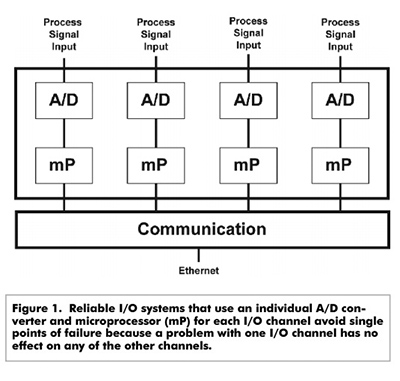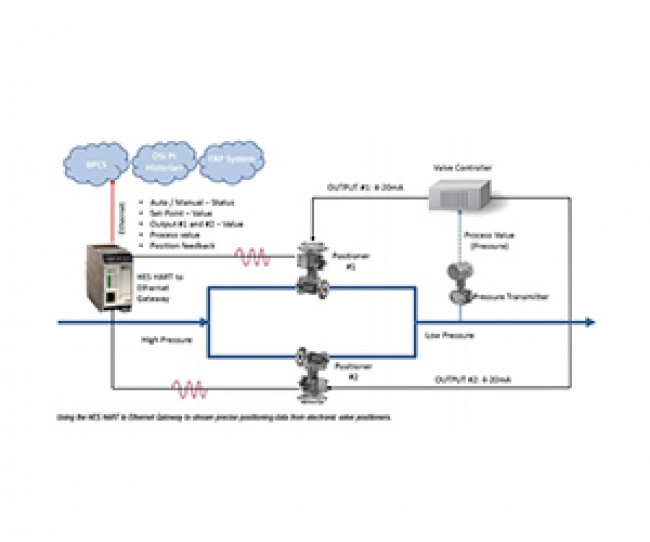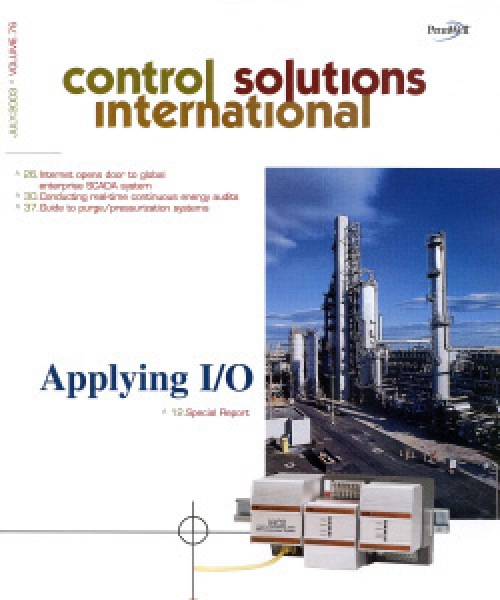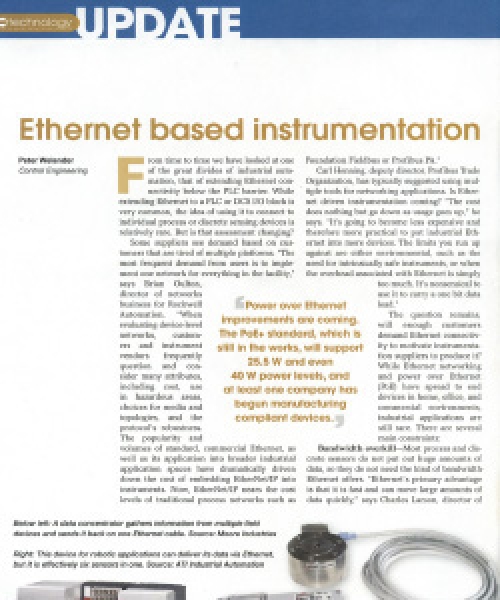Fast broadband connections are now affordable for use by just about anyone. You would be hard pressed to find a manufacturing facility constructed in this millennium that didn’t have fiber or UTP cable embedded all throughout its walls. It was once proclaimed that “Ethernet’s place is in the front office. It will never make it out to the plant floor.” While Ethernet’s argued impediments range from lack of determinism to limited transmission distances, we now know that its capacity for determinism, when properly designed with switches and smaller collision domains, is manageable. Distance limitations can be overcome by the use of fiber, repeaters, and even wireless systems.
While Ethernet gives end users more power and flexibility, don’t make the mistake in presuming that because it’s on Ethernet, it will easily communicate with everything else that is on Ethernet. Ethernet provides a framework of rules for the physical connections, and rules about who can talk when. Layer 7 of the OSI model, which refers to the application layer, is probably the most important layer of all because this is where the protocol is defined. An I/O system and host system that both operate over Ethernet may never be able to communicate with one another. This is because the protocol chosen by the Ethernet I/O vendor determines how easily your connectivity will be with other off the shelf or vendor supplied software. Protocols like Modbus/TCP, Ethernet/IP, HSE and OPC are some of the more popular open protocols available today. Almost all HMI vendors and control system vendors support one or more of these protocols.
Many I/O systems are installed in harsh conditions in locations where field mount instrumentation has traditionally been installed. This includes environments where high and low temperatures and RFI/EMI levels may exist. Therefore, it is imperative that the Ethernet I/O systems and accessories selected are up to the task. Be sure to choose Ethernet I/O that provides the following attributes:
- The ability to withstand high and low ambient temperature conditions of -40°C to 85°C (-40°F to 185°F)
- Provides channel-to-channel, case-to-channel, and channel-to-communication back plane signal isolation
- Has dedicated A/D converter and microprocessors for each I/O channel to avoid failures of entire blocks of I/O channels as is common in I/O systems (or multiplexers) that use a single A/D converter and microprocessor for multiple channels
- Has high input resolution for added accuracy for precision measurements of (> 18 bit A/D and D/A resolution)
- RFI/EMI protected to >20V/m to shield it from measurement errors caused by stray electrical noise.
- Keep in mind that RFI/EMI can penetrate right through plastic I/O module housings, so I/O systems that have metal housing are a big plus
Want to read more on this topic? Get the full article on our web site and download the PDF.




